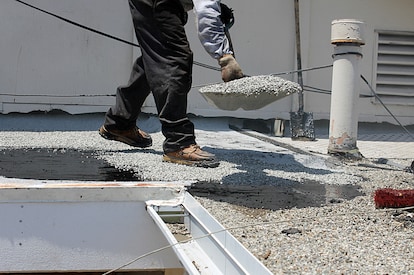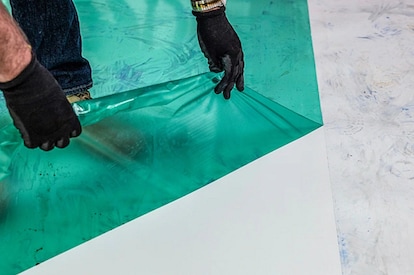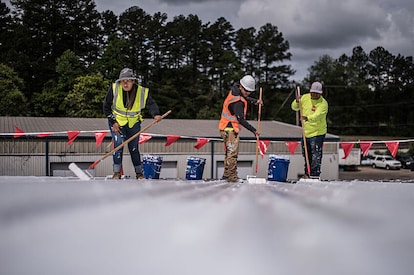

Commercial Roofing Systems and Solutions
Whether it's TPO, liquid-applied roofing, or anything in between, there's a GAF roofing system for your needs.
Download catalog
We’re developing durable roofing systems for today’s flat roof challenges
Choosing the right roofing system starts with choosing the right roofing company. As North America’s largest roofing manufacturer, our broad product offering means we’re not vested in a single technology.
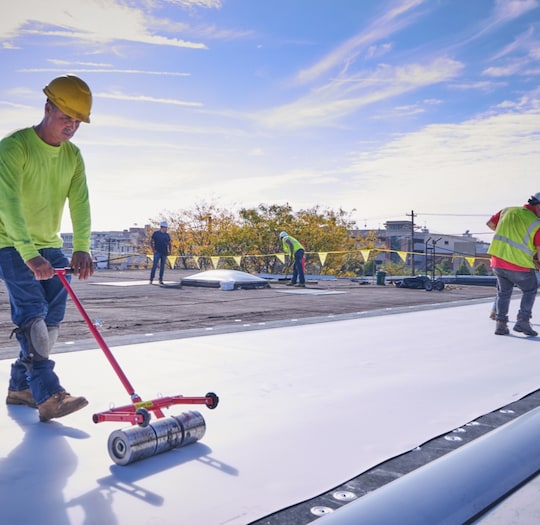
TPO roofing membranes
In the 20+ years that TPO has been in the field, it’s become one of the most popular products used for low-slope roofing.
See resources
See TPO membranes
See resources

PVC roofing membranes
A reliable and versatile membrane suitable for all types of single-ply systems with guarantees up to 30 years.1 See resources
See PVC membranes
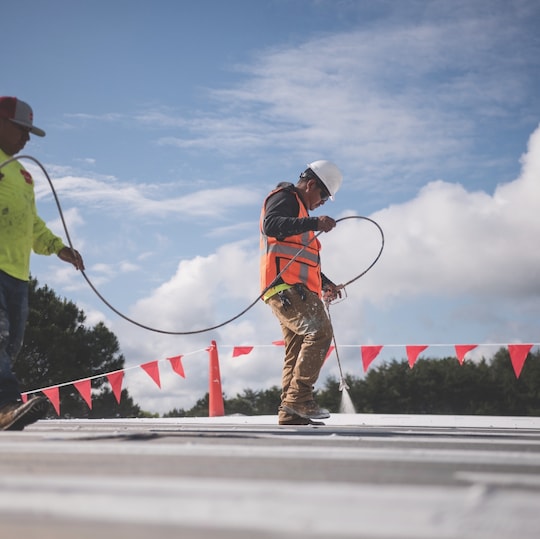
Roof coatings systems
Reliable roofing solutions that can help extend the life of the existing roof and the time between tearoffs.
View resources.
See roof coatings
View resources.
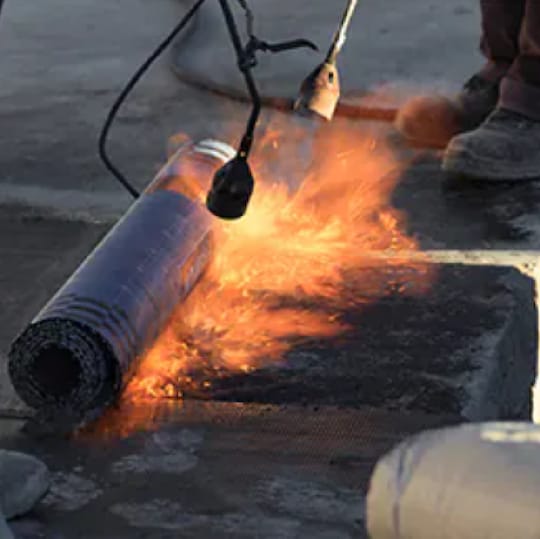
Asphaltic roofing membranes
Offers great flexibility, impact resistance2, strength, and system compatibility.
See asphaltic membranes
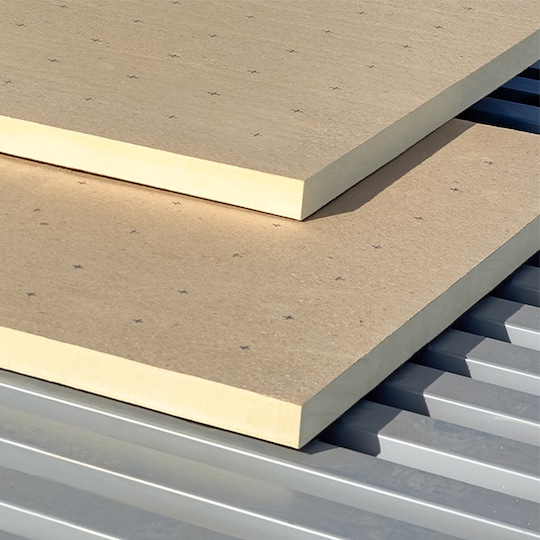
Insulation
Offering a full line of the high thermal value flat and tapered polyiso insulation panels compatible with all types of roof systems.
See resources
See insulation
See resources

Cover boards
Prolong the life of your roof with a full line of cover boards offering thermal performance, protection from fire, moisture and heavy traffic.
See cover boards
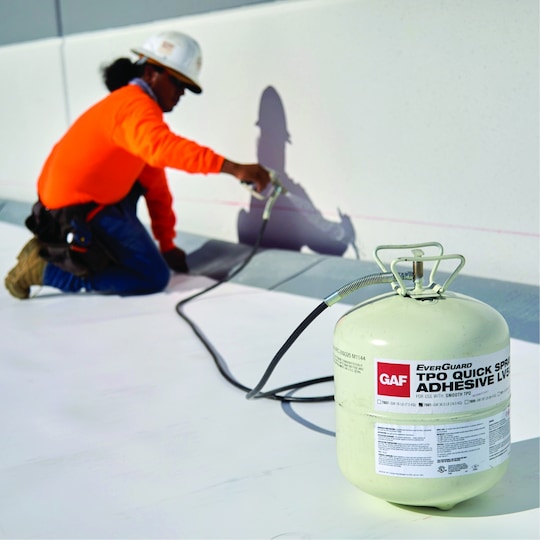
Adhesives
Find the right installation application among our dozens of adhesives products.
See all adhesives
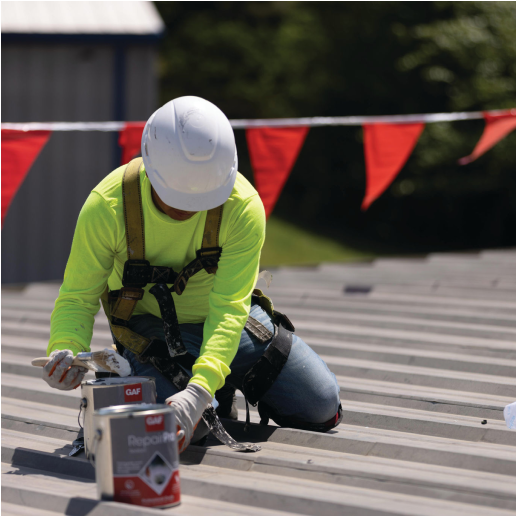
Cleaners, primers, sealants, cement
Cement, cleaners, primers, and sealants support installations and repairs.
See all products
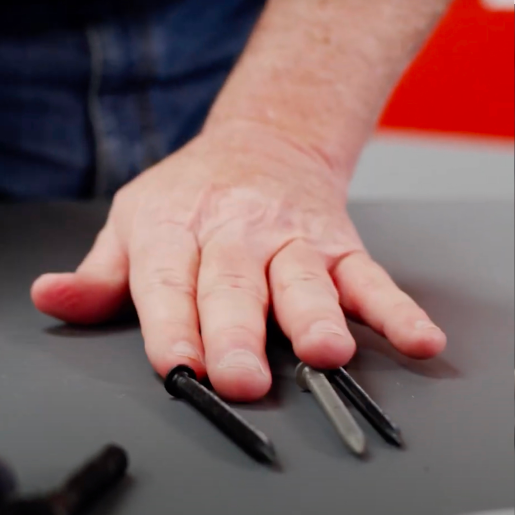
Fasteners & Plates
Excellent thermal performance for all types of roofing systems.
See fasteners & plates
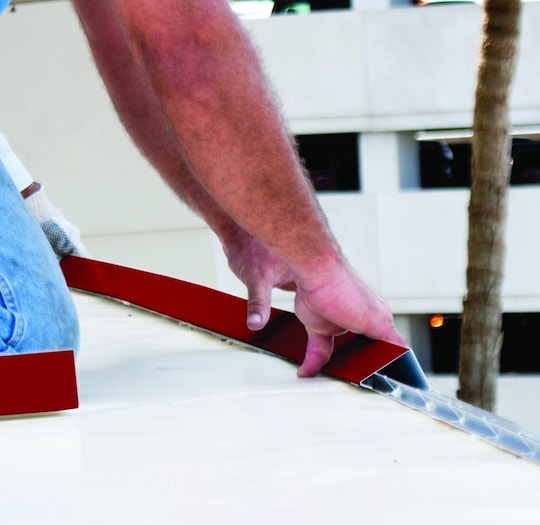
Perimeter Edge Metal
GAF Perimeter Edge Metal offers a full lineup of pre-fabricated coping, fascia, drip edges, gutters, downspouts, and trim.
See Perimeter Edge Metal
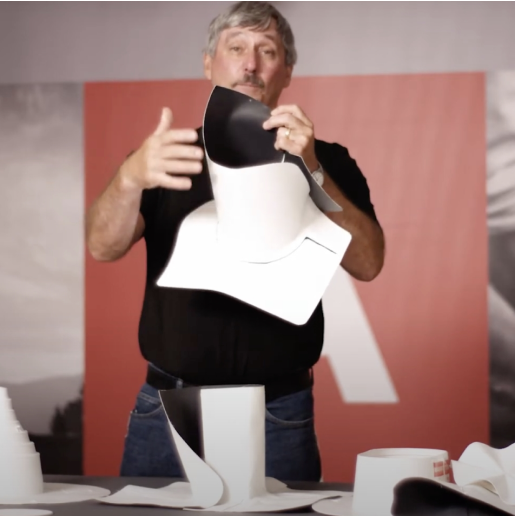
Accessories & flashings
Accessories and flashings support and enhance commercial roof installations.
See all products
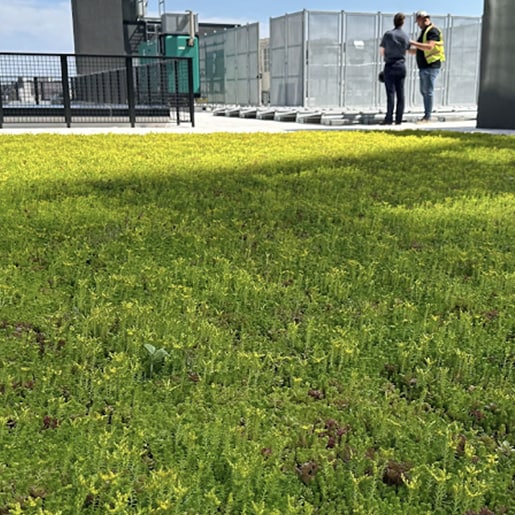
Roof Overburden
Combine the performance
of EverGuard® single-ply or Ruberoid® asphaltic roof membranes with vegetative roofing and paver options.
See overburden

Underlayments
Commercial underlayments are designed for installation within flat roofing systems.
See underlayments
1Additional requirements apply. Contact GAF for details. See applicable guarantee, available at gaf.com, for complete coverage and restrictions.
2GAF warranties and guarantees do not provide coverage against impact. See applicable guarantee or warranty, available at gaf.com, for complete coverage and restrictions. Hail or puncture resistance coverage may be available for purchase for eligible systems. Contact GAF for more information.
We're building confidence into roof coatings
Our new refocused coatings line-up makes it a snap to spec the one that perfectly suits the challenges of your roof. Whether you need to repair, restore, or extend the life of your existing roof, there’s a GAF coating that can do the job — and now it’s a lot simpler to choose and use.
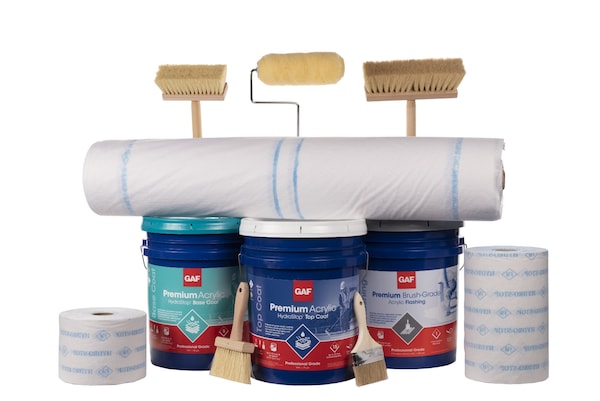
Discover elastomeric roof coatings for your metal roof restoration project
The HydroStop® System is a cost-effective, long-term solution for restoration of structurally sound metal roofs. See the 5 simple steps to metal roof restoration with the HydroStop® System.
Explore more roof coating systems
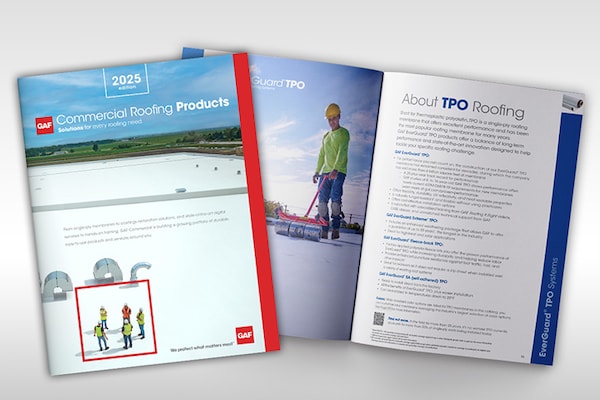
Commercial Roofing Products: Solutions for Every Roofing Need
From single-ply membranes to full system solutions, and state-of-the-art digital services to hands-on training, GAF offers the range of durable, easy-to-use products and services you need to succeed.
Building solutions for the way you learn
Professional training for the entire commercial roofing industry, on demand or live courses, where and when you want it.

We’re building learning opportunities that fit your schedule
The GAF Learning Portal brings personalized learning to our industry partners. You and your team can access the easy-to-use platform on computers, tablets, and mobile phones, whenever and wherever it’s most convenient for you. Low-slope classes include product knowledge, installation skills, business-building techniques and much more.
We’re connecting you with experts
In Roofing it Right, Dave and Wally, two of the industry’s most experienced low-slope pros, share their decades of experience to help you and your crew take your roofing game to the next level. Browse some of their videos below or view all commercial roofing video playlists by Roofing it Right.
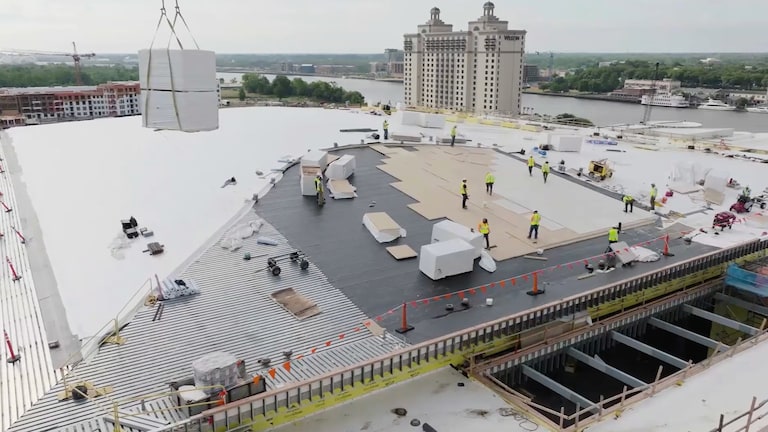
GAF Commercial: Building around you
See how we’re taking customer feedback, research, and good old conversation — and turning it into constant improvement.
Frequently asked questions
GAF roofing materials are backed by North America's largest roofing manufacturer, and our broad range of products, national network of manufacturing plants, and network of certified Commercial Contractors* helps ensure that your roof will perform for years to come.
GAF manufactures high-quality roofing materials for asphaltic (APP, SBS, and BUR), single-ply (TPO, PVC, and PVC KEE), liquid-applied, and hybrid (e.g. asphaltic/single-ply) roofing systems. In addition, GAF manufactures prefabricated accessories, edge metal, and more, to help ensure a single source of reliable roofing for all of your roofing needs.
For industry-leading training in commercial roof installation and maintenance techniques, contact GAF CARE (Center for the Advancement of Roofing Excellence) at gaf.com/en-us/for-pros/care-training/commercial. For tutorials and how-tos, check out the GAF Roofing it Right video series, available in English (Dave and Wally) and Spanish (Chino y Mitos) on Youtube.
* Contractors enrolled in GAF certification programs are not employees or agents of GAF, and GAF does not control or otherwise supervise these independent businesses. For more information, view the Contractor Terms of Use.









